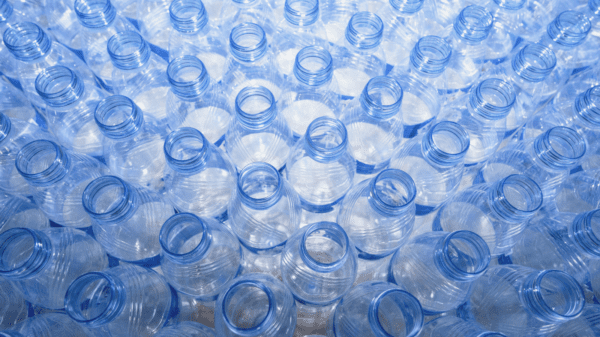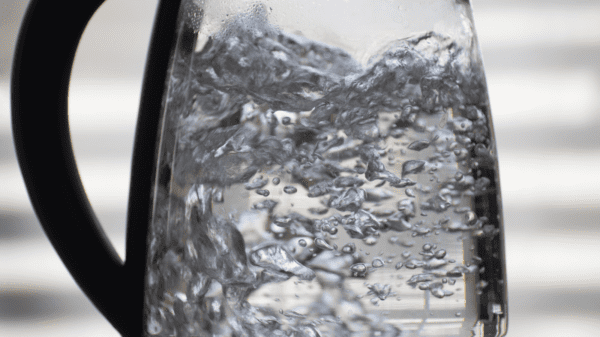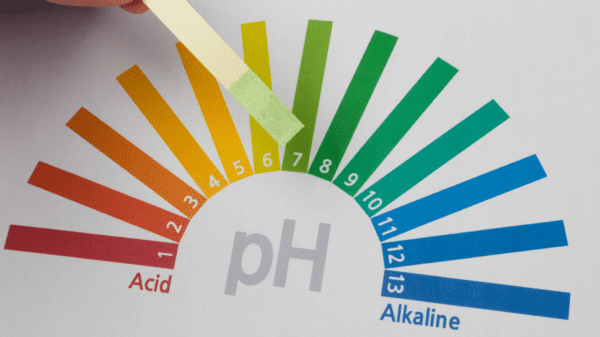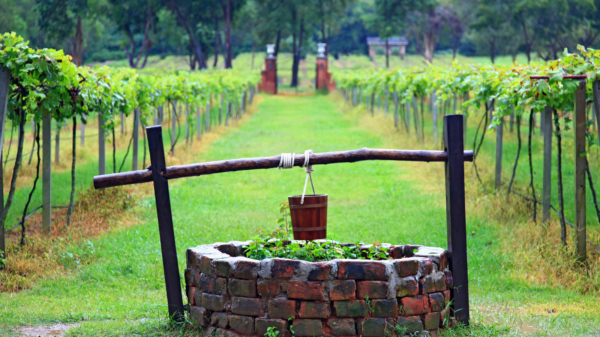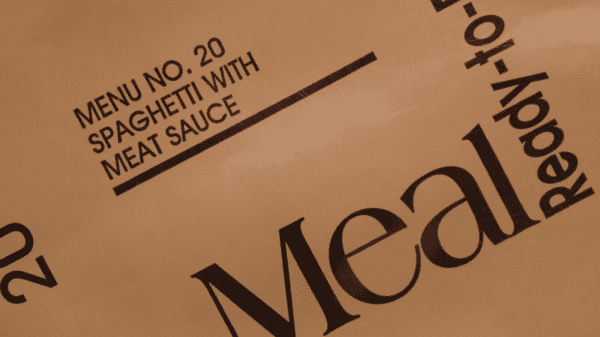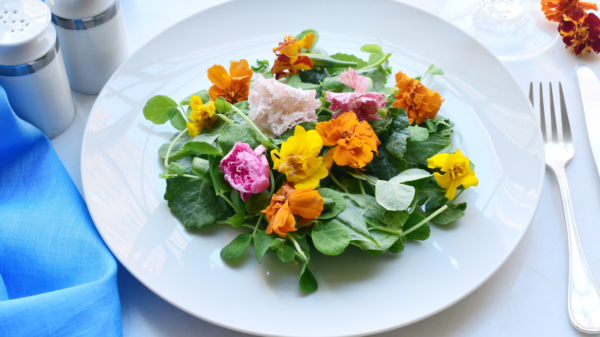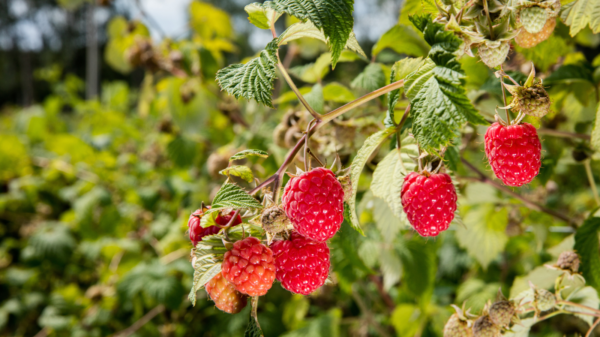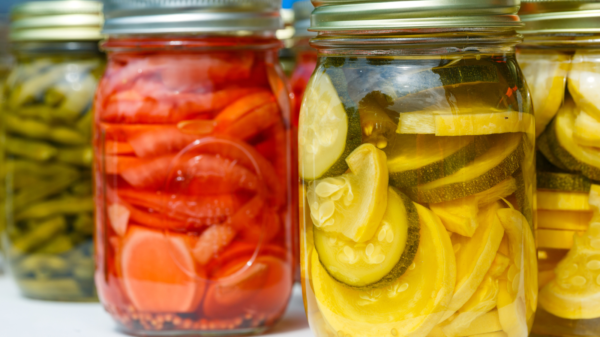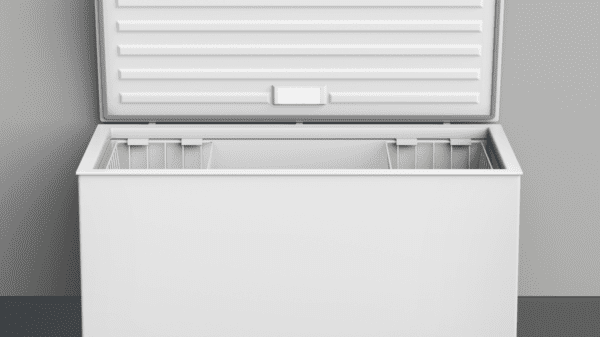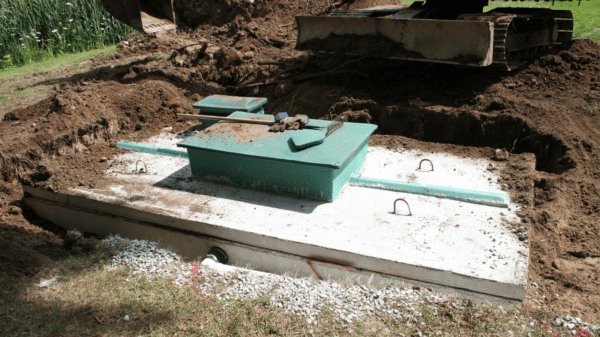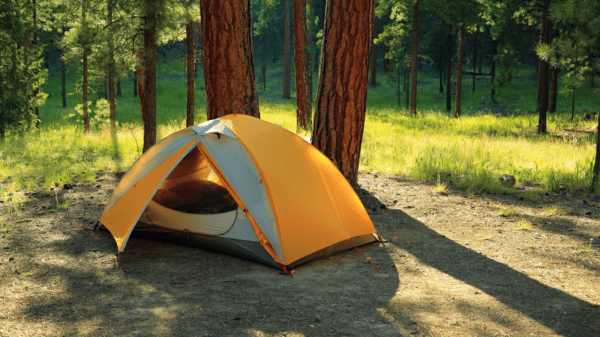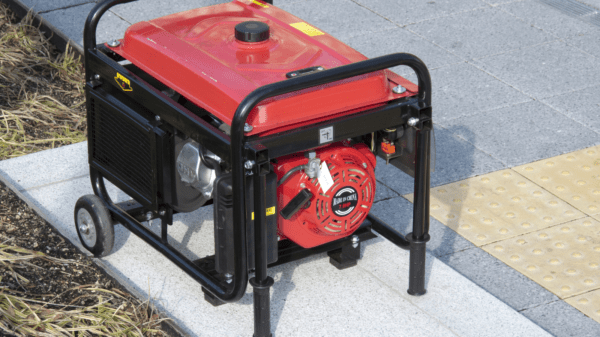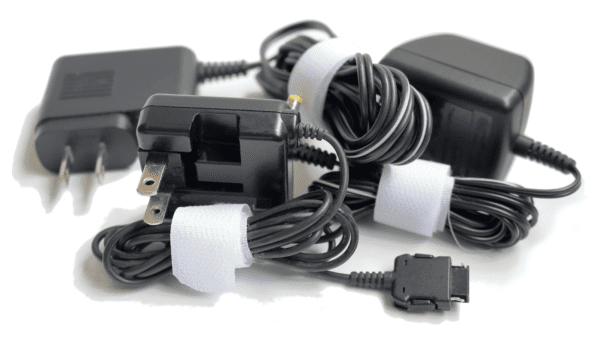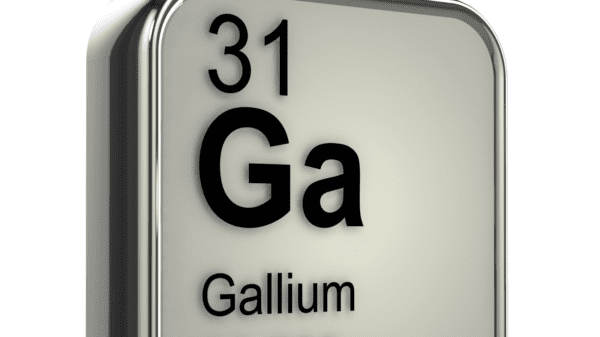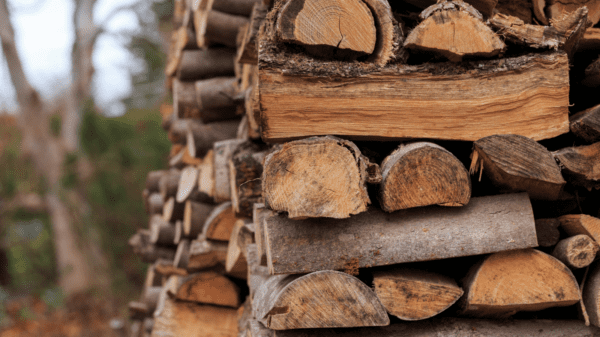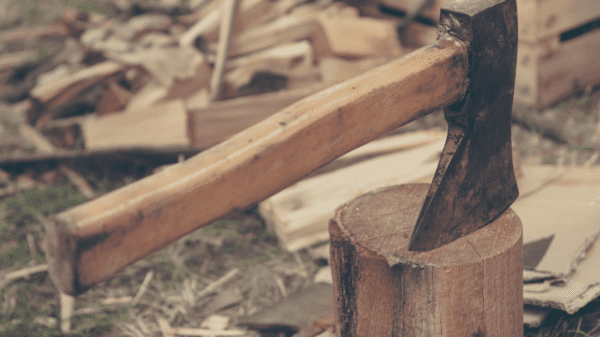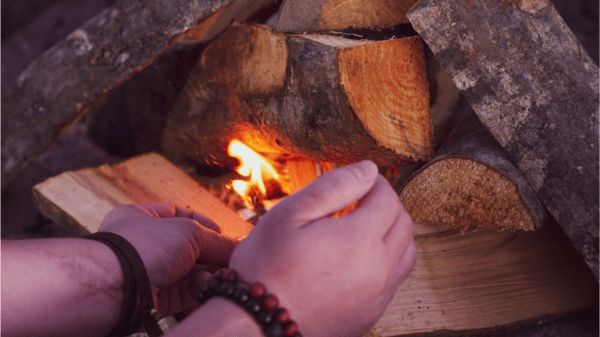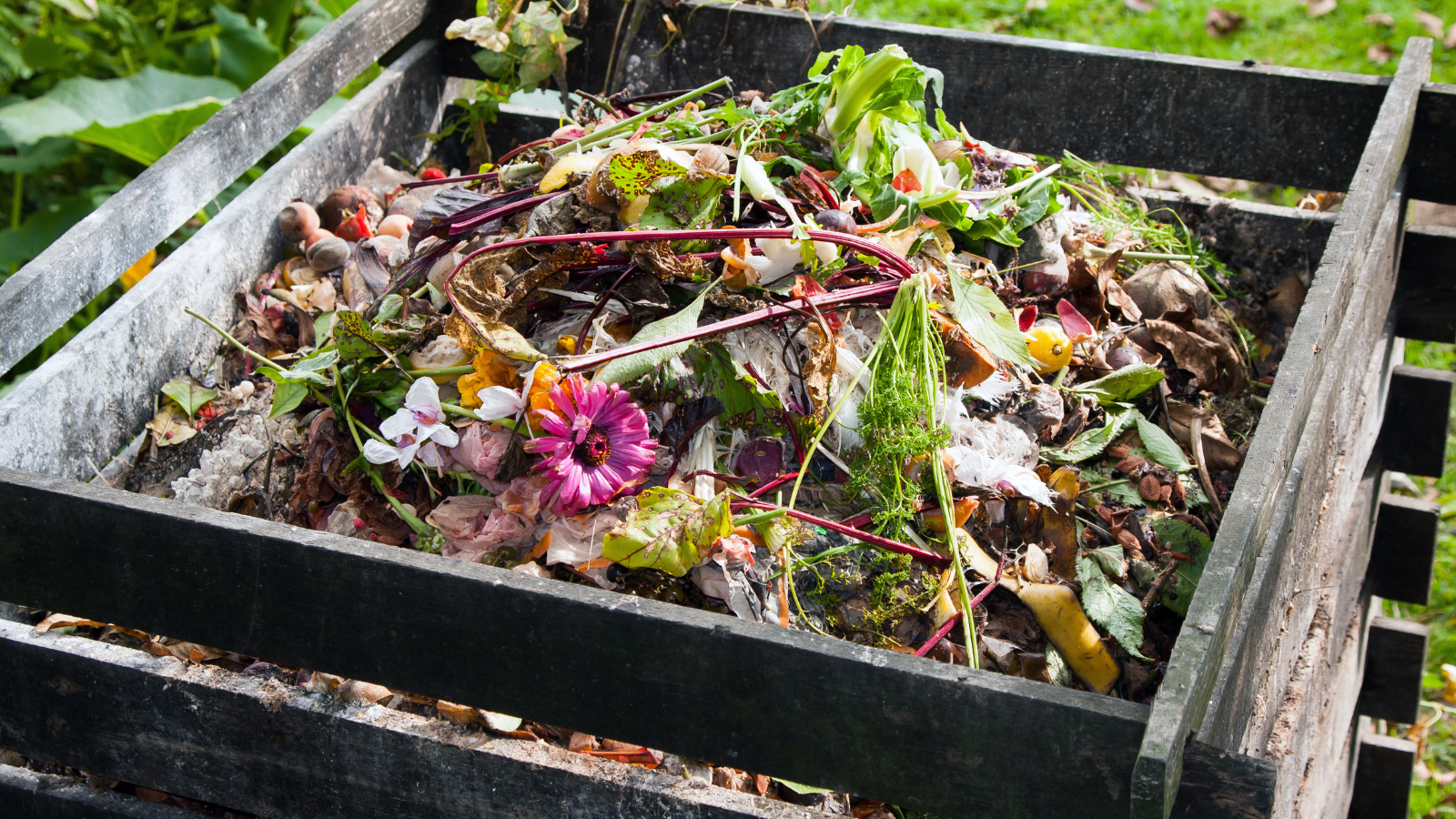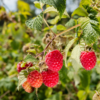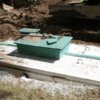Composting is an excellent way to reduce waste and create nutrient-rich soil for your garden. It is a simple process that anyone can do, and it is environmentally friendly. In this article, we will cover the basics of composting, including the tools you will need, important considerations, cost, internet resources to help, and common beginner mistakes.
Table of Contents
Types of Composting With Pros and Cons
While a compost pile is a popular and effective way to compost, there are several other composting options available, each with its own advantages and disadvantages. Here are some of the other composting options to consider:
- Composting Pile: A compost pile is a mound of organic materials that are allowed to decompose over time, producing a nutrient-rich soil amendment. Composting is a natural process in which microorganisms break down organic materials into a humus-like substance that is rich in nutrients and beneficial for plant growth.
- Composting Bin: A composting bin is similar to a compost pile but is contained in a bin, which helps to keep the materials contained and protected from the elements. Composting bins come in various sizes and shapes and can be purchased or made at home.
- Tumbler Composter: A tumbler composter is a bin that is mounted on a stand and can be turned, which helps to aerate the materials and speed up the composting process. Tumbler composters are generally more expensive than other options but can produce compost quickly and efficiently.
- Worm Composting: Worm composting, also known as vermicomposting, uses worms to break down the organic materials. Worms consume the materials and excrete nutrient-rich castings, which can be used as a soil amendment. Worm composting can be done indoors or outdoors and is ideal for small spaces.
- Bokashi Composting: Bokashi composting is a Japanese method that uses a special mix of microorganisms to ferment the organic materials. The materials are then buried in the soil, where they break down quickly and produce a nutrient-rich soil amendment.
- Pit Composting: Pit composting involves digging a hole in the ground and filling it with organic materials. The hole is then covered with soil, and the materials are left to break down over time. Pit composting is an excellent option for those with limited space or who want to compost in areas where a visible compost pile is not desirable.
Each of these composting options has its advantages and disadvantages, and the best option for you will depend on your specific needs and preferences.
Table: Types of Composting with Pros and Cons
| Composting Method | Tools Needed | Pros | Cons |
|---|---|---|---|
| Composting Pile | Pitchfork or garden fork, watering can or hose, shovel | No cost involved, easy to set up, can handle large volumes of material, minimal maintenance required, provides a habitat for beneficial organisms | May take longer to break down, can attract pests like rodents and insects, may produce unpleasant odors if not managed properly, can take up a lot of space in your yard |
| Composting Bin | Composting bin or container, pitchfork or garden fork, watering can or hose, shovel | Can be more visually appealing than a compost pile, can help to keep materials contained and organized, can protect materials from pests and other animals, provides a habitat for beneficial organisms | Can be more expensive than a compost pile, may have a smaller capacity than a compost pile, requires more maintenance than a compost pile, may produce unpleasant odors if not managed properly |
| Tumbler Composter | Tumbler composter, watering can or hose | Can produce compost quickly, easy to turn and aerate the materials, can be more visually appealing than a compost pile, can help to keep materials contained and organized, provides a habitat for beneficial organisms | Can be more expensive than other composting options, may have a smaller capacity than other composting options, can be difficult to load and unload materials, requires more maintenance than a compost pile |
| Worm Composting | Worm bin or container, bedding material like shredded paper or cardboard, redworms, watering can or spray bottle, kitchen scraps for feeding the worms | Can be done indoors or outdoors, ideal for small spaces, can produce compost quickly, worm castings are a nutrient-rich soil amendment, provides a habitat for beneficial organisms | Requires a steady supply of food for the worms, can be more time-consuming than other composting options, worms can be sensitive to environmental changes, can produce unpleasant odors if not managed properly |
| Bokashi Composting | Bokashi container or bucket, Bokashi bran or mix of microorganisms, watering can | Can produce compost quickly, does not require turning or aerating of materials, ideal for small spaces, can be done indoors or outdoors, provides a habitat for beneficial organisms | Requires a special mix of microorganisms, can be more expensive than other composting options, requires airtight container and specialized materials, may produce unpleasant odors if not managed properly |
| Pit Composting | Shovel for digging the hole, organic materials like food scraps and yard waste, soil for covering the materials | Ideal for small spaces, can be done in areas where a visible compost pile is not desirable, can improve soil quality in the surrounding area, minimal maintenance required | May take longer to break down, can be difficult to manage materials once they are buried, can attract pests like rodents and insects, may produce unpleasant odors if not managed properly |
Composting Pile:
Pros:
- No cost involved
- Easy to set up
- Can handle large volumes of material
- Minimal maintenance required
- Provides a habitat for beneficial organisms like worms, insects, and bacteria.
Cons:
- May take longer to break down
- Can attract pests like rodents and insects
- May produce unpleasant odors if not managed properly
- Can take up a lot of space in your yard
Composting Bin:
Pros:
- Can be more visually appealing than a compost pile
- Can help to keep materials contained and organized
- Can protect materials from pests and other animals
- Provides a habitat for beneficial organisms like worms, insects, and bacteria.
- Can be easier to manage than a compost pile
Cons:
- Can be more expensive than a compost pile
- May have a smaller capacity than a compost pile
- Requires more maintenance than a compost pile
- May produce unpleasant odors if not managed properly
Tumbler Composter:
Pros:
- Can produce compost quickly
- Easy to turn and aerate the materials
- Can be more visually appealing than a compost pile
- Can help to keep materials contained and organized
- Provides a habitat for beneficial organisms like worms, insects, and bacteria.
Cons:
- Can be more expensive than other composting options
- May have a smaller capacity than other composting options
- Can be difficult to load and unload materials
- Requires more maintenance than a compost pile
Worm Composting:
Pros:
- Can be done indoors or outdoors
- Ideal for small spaces
- Can produce compost quickly
- Worm castings are a nutrient-rich soil amendment
- Provides a habitat for beneficial organisms like worms, insects, and bacteria.
Cons:
- Requires a steady supply of food for the worms
- Can be more time-consuming than other composting options
- Worms can be sensitive to environmental changes
- Can produce unpleasant odors if not managed properly
Bokashi Composting:
Pros:
- Can produce compost quickly
- Does not require turning or aerating of materials
- Ideal for small spaces
- Can be done indoors or outdoors
- Provides a habitat for beneficial organisms like worms, insects, and bacteria.
Cons:
- Requires a special mix of microorganisms
- Can be more expensive than other composting options
- Requires airtight container and specialized materials
- May produce unpleasant odors if not managed properly
Pit Composting:
Pros:
- Ideal for small spaces
- Can be done in areas where a visible compost pile is not desirable
- Can improve soil quality in the surrounding area
- Minimal maintenance required
Cons:
- May take longer to break down
- Can be difficult to manage materials once they are buried
- Can attract pests like rodents and insects
- May produce unpleasant odors if not managed properly
By considering the pros and cons of each composting option, you can choose the one that best fits your needs and preferences. Whether you choose a compost pile, bin, tumbler composter, worm composting, bokashi composting, or pit composting, all of these options are environmentally friendly and can help you to reduce waste and produce nutrient-rich soil for your garden.
Composting Tools Needed By Type of Composting
You don’t need many tools to start composting, but there are a few essentials sorted by the type of composting:
- Composting Pile:
- Pitchfork or garden fork for turning the materials
- Watering can or hose for adding moisture
- Shovel for removing finished compost
- Composting Bin:
- Composting bin or container
- Pitchfork or garden fork for turning the materials
- Watering can or hose for adding moisture
- Shovel for removing finished compost
- Tumbler Composter:
- Tumbler composter
- Watering can or hose for adding moisture
- Worm Composting:
- Worm bin or container
- Bedding material like shredded paper or cardboard
- Redworms
- Watering can or spray bottle for adding moisture
- Kitchen scraps for feeding the worms
- Bokashi Composting:
- Bokashi container or bucket
- Bokashi bran or mix of microorganisms
- Watering can for adding moisture
- Pit Composting:
- Shovel for digging the hole
- Organic materials like food scraps and yard waste
- Soil for covering the materials
Keep in mind that not all of these tools may be necessary for your specific composting situation, and you may find that you need additional tools or materials to get started. However, this list should give you a general idea of what you’ll need to successfully compost using each of these methods.
Important Composting Considerations
Before you start composting, there are a few things you need to consider:
- Location: Choose a location that is easily accessible, but also out of sight. It should be a dry and shady area, away from direct sunlight.
- Materials: You need a good mix of brown materials (such as dead leaves, twigs, and shredded paper) and green materials (such as grass clippings, vegetable scraps, and coffee grounds).
- Aeration: The compost needs oxygen to decompose properly. Make sure to mix the materials frequently to provide enough oxygen.
- Moisture: The compost needs to be moist but not too wet. Water it regularly, but don’t let it become soggy.
How to Pick a Composting Location
Choosing the right location for your compost pile or bin is an important consideration when starting a composting project. The following factors should be taken into account when selecting a location:
- Accessibility: You will need to have easy access to your compost pile to add new materials and to turn and maintain the compost. Therefore, you should choose a location that is convenient and easy to reach.
- Sunlight: While composting does not require direct sunlight, it is essential to keep the compost in a partially shaded area to prevent it from drying out too quickly.
- Drainage: A good compost pile should be located in an area with good drainage. If the area you choose is prone to flooding, you may need to elevate your compost bin or choose a different location.
- Wind: Strong winds can dry out your compost pile, slow down the decomposition process, and even blow it away. Therefore, it is recommended to choose a sheltered area, such as a corner of your yard or near a fence or wall.
- Proximity to neighbors: You should be mindful of your neighbors when selecting a location for your compost pile. If you live in a densely populated area, choose a location that is far enough away from your neighbor’s property to prevent odors from becoming an issue.
- Soil quality: The soil underneath your compost pile will benefit from the nutrients that the compost will provide. Therefore, it is recommended to choose an area with poor soil quality or to move the compost pile to a different location each year.
- Convenience: Finally, you should choose a location that is convenient for you. This may mean choosing a location that is closer to your garden or kitchen, or selecting an area where you can easily transport materials to and from the compost pile.
By considering these factors, you can choose the perfect location for your compost pile or bin. Remember, the key is to find a location that is convenient, sheltered, and provides good drainage and access to sunlight.
How to Pick Composting Materials
Choosing the right materials for your compost pile is important to ensure that your compost breaks down quickly and produces a nutrient-rich soil amendment. The following are some factors to consider when selecting materials for composting:
- Green and Brown Materials: A good compost pile needs a mix of both green and brown materials. Green materials include things like vegetable and fruit scraps, grass clippings, and coffee grounds. Brown materials include things like dried leaves, straw, sawdust, and shredded newspaper. The ideal mix is about 2 parts brown to 1 part green materials.
- Carbon to Nitrogen Ratio: The carbon to nitrogen (C:N) ratio of the materials you use is an important consideration. The ideal C:N ratio for a compost pile is between 20:1 and 40:1. Brown materials tend to be high in carbon, while green materials tend to be high in nitrogen.
- Avoid Certain Materials: While many materials are suitable for composting, there are some that you should avoid. Do not add meat, dairy, bones, oils, or fats, as they can attract pests and create unpleasant odors.
- Size and Shape: The size and shape of the materials you use can also impact the composting process. For example, smaller pieces will break down faster than larger ones. You should aim to chop or shred your materials into small pieces before adding them to the pile.
- Moisture: Finally, you should consider the moisture content of the materials you use. Your compost pile should be kept moist but not too wet. If the pile is too dry, it will not decompose properly. If it is too wet, it may become smelly and attract pests.
In summary, when selecting materials for your compost pile, aim for a mix of green and brown materials with a carbon to nitrogen ratio between 20:1 and 40:1. Avoid adding certain materials, such as meat and dairy, and aim for small, shredded pieces. Keep the pile moist but not too wet, and turn the materials frequently to ensure that they break down evenly. With the right materials and proper care, your compost pile will produce a nutrient-rich soil amendment for your garden.
Compost Soil Testing
Testing the carbon to nitrogen (C:N) ratio of your soil is an important consideration when starting a composting project. Knowing the existing C:N ratio of your soil will help you to determine the types and amounts of materials that you need to add to your compost pile to achieve the ideal ratio. Here are a few methods for testing your soil’s C:N ratio:
- Soil Testing Laboratory: Many soil testing laboratories offer tests that can determine the C:N ratio of your soil. You can contact your local agricultural extension office to find a soil testing laboratory near you.
- DIY Test Kits: There are a few DIY test kits available on the market that can help you to determine the C:N ratio of your soil. These kits typically involve collecting a soil sample and performing a chemical analysis to determine the C:N ratio.
- Visual Indicators: While not as accurate as laboratory tests or DIY kits, there are a few visual indicators that can help you to estimate the C:N ratio of your soil. For example, if your soil has a lot of leaves, twigs, or other brown materials, it is likely to be high in carbon. If it has a lot of grass clippings or other green materials, it is likely to be high in nitrogen.
While testing your soil’s C:N ratio is helpful, it is not strictly necessary to start composting. As a general rule, you can aim for a 2:1 or 3:1 ratio of brown to green materials in your compost pile to achieve the ideal C:N ratio of between 20:1 and 40:1. By following this general guideline and regularly monitoring the moisture content and aeration of your compost pile, you should be able to produce a nutrient-rich soil amendment for your garden.
How to Properly Aerate a Compost Pile
Aerating your compost pile is an essential part of the composting process. Proper aeration ensures that oxygen is present in the compost pile, which helps the microorganisms responsible for decomposition to thrive. Here are some tips on how to properly aerate a compost pile:
- Use a Pitchfork or Garden Fork: A pitchfork or garden fork is the best tool to use for aerating your compost pile. Insert the fork into the compost pile and lift it up, turning the materials over. Repeat this process throughout the pile, making sure to mix the materials thoroughly.
- Aerate Regularly: It is important to aerate your compost pile regularly, at least once a week. The more frequently you aerate the pile, the faster it will decompose. If you notice that the pile is not breaking down as quickly as it should, you may need to aerate it more often.
- Monitor Moisture Levels: Proper moisture is essential for the composting process. If the pile is too dry, the materials will not decompose properly. If the pile is too wet, it will become compacted and difficult to aerate. Monitor the moisture level of your compost pile and add water as needed to keep it moist but not too wet.
- Add Coarse Materials: Coarse materials like twigs, branches, and straw can help to create air pockets in the compost pile. Adding these materials will help to improve aeration and speed up the decomposition process.
- Avoid Overfilling the Pile: Overfilling your compost pile can make it difficult to aerate properly. Aim to keep the pile no higher than 3 feet, which will allow for proper airflow and make it easier to turn the materials.
Properly aerating your compost pile will help to ensure that the materials decompose quickly and produce a nutrient-rich soil amendment for your garden. By using a pitchfork or garden fork to turn the materials, aerating regularly, monitoring moisture levels, adding coarse materials, and avoiding overfilling the pile, you can achieve optimal results from your composting project.
Composting Cost
Composting is an affordable way to reduce waste and create nutrient-rich soil. You can purchase a compost bin for as little as $20, or make one yourself using materials you may already have. The materials you will need to add to the compost are free and can be found in your backyard or kitchen.
Common Beginner Mistakes
Composting is a simple process, but there are a few mistakes that beginners often make. Here are some common ones to avoid:
- Not adding enough brown materials: Brown materials provide carbon, which is essential for the composting process. If you don’t add enough brown materials, the compost may become too wet and not decompose properly.
- Adding too much green material: Green materials provide nitrogen, but too much can create a slimy, smelly mess. Make sure to balance your green and brown materials.
- Not mixing the compost: The compost needs oxygen to decompose properly, so make sure to mix the materials frequently.
- Adding meat or dairy: These materials can attract animals and create a foul odor. Stick to vegetable scraps, eggshells, and coffee grounds.
Composting is a great way to reduce waste and create nutrient-rich soil for your garden. With a few basic tools and some knowledge, anyone can start composting. Follow these tips, avoid common beginner mistakes, and enjoy the benefits of composting!
Composting Resources
- U.S. Environmental Protection Agency: Composting at Home https://www.epa.gov/recycle/composting-home
- The Spruce: How to Start Composting https://www.thespruce.com/how-to-start-composting-2539798
- The Old Farmer’s Almanac: Composting 101 https://www.almanac.com/content/composting-101-how-compost
- Compost Guide: How to Compost https://www.compostguide.com/how-to-compost/
- Gardener’s Supply Company: Composting 101 https://www.gardeners.com/how-to/composting/5069.html
- Better Homes & Gardens: Composting for Beginners https://www.bhg.com/gardening/yard/compost/how-to-compost/
- Rodale’s Organic Life: How to Make Compost https://www.rodalesorganiclife.com/garden/composting-for-beginners/
- National Gardening Association: Composting 101 https://garden.org/learn/articles/view/1112/
- Home Composting Made Easy http://www.homecompostingmadeeasy.com/
These resources offer a wealth of information on the different composting methods, how to get started, tips for maintaining your compost pile, and troubleshooting common issues. By exploring these resources, you can gain the knowledge and skills needed to successfully compost at home.

